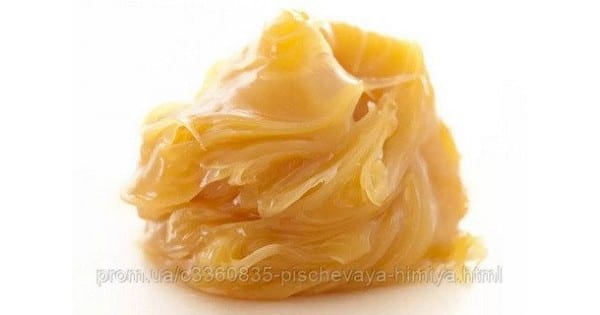Lanolin (Lanolin, E913) — glazier. Wool wax, animal wax obtained by washing the wool of sheep.
A viscous brownish-yellow mass. It differs from other waxes with a high content of sterols (in particular, cholesterol). Lanolin is well absorbed into the skin and has a softening effect. This is a thick, viscous mass of yellow or yellow-brown color, a peculiar smell, melting at a temperature of 36-42°C.
The composition of lanolin is very complex and has not yet been fully studied. Basically, it is a mixture of esters of high-molecular alcohols (cholesterol, isocholesterol, etc.) with higher fatty acids (myristic, palmitic, cerotinic, etc.) and free high-molecular alcohols. According to the properties of lanolin, it is close to the human sebum.
In chemical terms, it is quite inert, neutral and stable during storage. The most valuable property of lanolin is its ability to emulsify up to 180-200% ( of its own weight) water, up to 140% glycerol and about 40% ethanol (70% concentration) to form water/oil emulsions. The addition of a small amount of lanolin to fats and hydrocarbons dramatically increases their ability to mix with water and aqueous solutions, which led to its widespread use in the composition of lipophilic-hydrophilic bases.
It is widely used as a part of various cosmetics-creams, etc., in medicine it is used as a basis for various ointments, as well as for softening the skin (mixed with an equal amount of vaseline).
Pure, purified lanolin is available for nursing women (trade names: Purelan, Lansinoh). Applied topically, lanolin helps to heal cracks on the nipples and prevents their appearance, and does not require flushing before feeding (not dangerous for babies).










